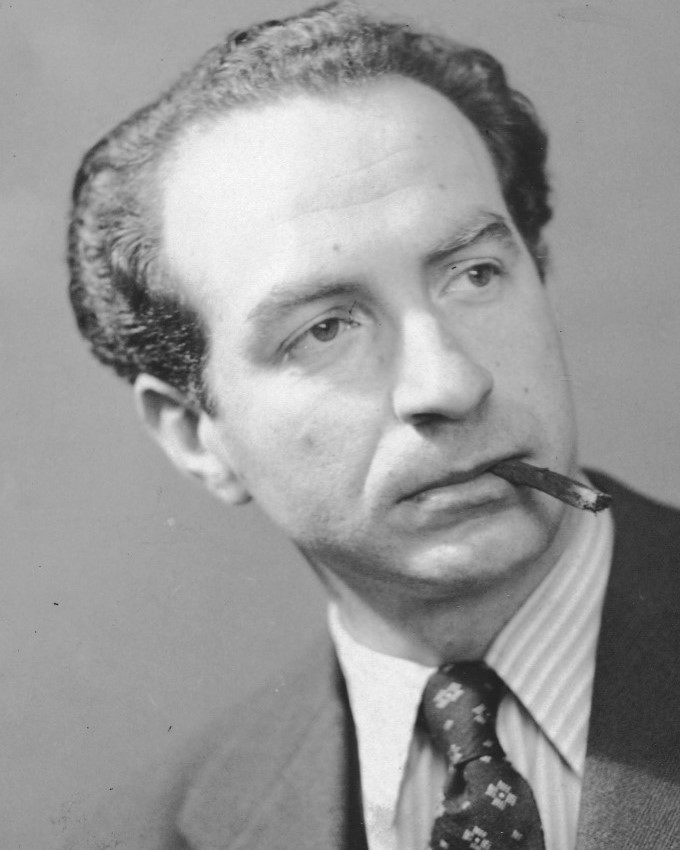Otto FREUNDLICH
January 2, 2019Simon GLATZER
January 2, 2019David GARFINKIEL
RADOM (POLAND) 1902 – PARIS 1970
David Garfinkiel was the youngest in a family of nine chil-dren. His father was a woodcarver. David Garfinkiel started to paint at a young age; he enrolled in the School of Fine Arts in Warsaw and later in Krakow. In 1932, he arrived in Paris and acquired French nationality. He attended the Académie de la Grande Chaumiere and the Académie Julian. Although his first paintings were reminiscent of Cubism, his later work showed a preoccupation with a more realistic figuration. The art critic Waldemar George described him as a “quiet visionary.” He asserted himself through the Jewish themes of expressionist technique. Garfinkiel was also a painter and a photographer; in 1934 he worked for Studio Harcourt photographic studio.
He volunteered to join the army in 1939, and later took refuge in Brive in the Correze department. He left for Lyon in 1940. People in Lyon appreciated his painting and an exhibition “Provinces de France” was inaugurated in 1942.
The toll of the war was tragic: his brothers and sister died, as well as fourteen of his fifteen nephews and nieces. After the Liberation, Garfinkiel opened a photography studio in Belleville called Studio David. It also served as his painting studio and enabled him to provide for his family. The city of Paris acquired his work Exodus in 1959. That same year, the Ministry of National Education awarded him the artistic encouragement prize. In 1970, he was appointed vice president of the Association of Jewish Painters and Sculptors in France.
Stories of Jewish Artists of the School of Paris 1905-1939
FRENCH-ENGLISH
Capitale des arts, le Paris des années 1905-1939 attire les artistes du monde entier. De cette période de foisonnement, un terme est resté, celui d'Ecole de Paris, qui recouvre une grande diversité d'expression artistique. Dans ce brassage dont Montparnasse est le creuset, un groupe se distingue : celui des artistes juifs venus de Russie, de Pologne et d'Europe centrale. Si leurs styles sont variés, un destin commun les rassemble : ils fuient l'antisémitisme de leur pays d'origine. Certains ont connu la célébrité dès les années 1920, tels Soutine, Lipchitz ou Chagall. D'autres n'ont pas eu le temps ou la chance d'y accéder. Près de la moitié a péri dans les camps de concentration nazis.
From 1905 to 1939, Paris attracted artists from all over the globe as the capital of the art world. This period of artistic proliferation became known as the School of Paris, and includes a great diversity of artistic expression. Within the teeming art world centred on Montparnasse, one group set itself apart: Jewish artists from Russia, Poland, and Central Europe. Although their styles were diverse, they shared the common fate of fleeing anti-Semitic persecutions in their home countries. Some became famous in the 1920s, such as Soutine, Lipchitz, and Chagall, while others did not have the time or the luck to gain renown. Nearly half of these artists died in Nazi concentration camps.





